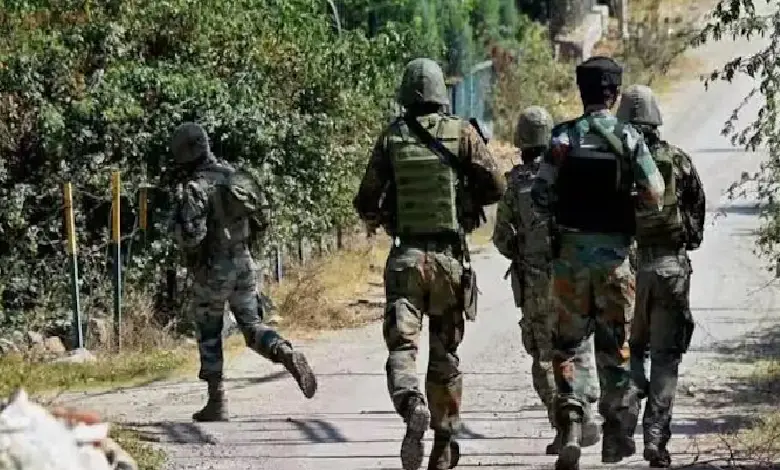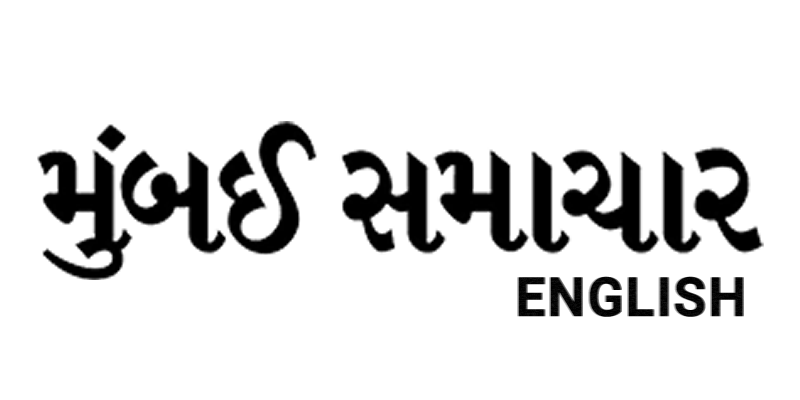Massive Maoist Surrender Signals End of Naxal Era in Chhattisgarh’s Bastar Region

Raipur/Nagpur: In a pivotal development in India’s campaign against Left-wing extremism, Chhattisgarh’s Bastar division is set for what could be the biggest collective disarmament of Maoists on record this Friday. As many as 170 insurgents are scheduled to relinquish their weapons, an event hailed by Union Home Minister Amit Shah as a “landmark day” in eliminating Naxalite presence from the nation’s Red Corridor.
Shah emphasized the dramatic shift in the region’s security landscape, stating on X that “Abujhmarh and North Bastar that were once terror bases have today been declared free from Naxal terror.” He added that remnants of Naxalism persist only in south Bastar, which security forces will eradicate in the near future.
The formal surrender will unfold in Jagdalpur, attended by Chief Minister Vishnu Deo Sai and Deputy Chief Minister Vijay Sharma. This follows closely on the heels of a significant capitulation in neighboring Maharashtra, where 61 senior Naxal cadres, including CPI (Maoist) politburo veteran Mallojula Venugopal Rao—known as Bhupathi—surrendered in Gadchiroli on Tuesday in the presence of Maharashtra Chief Minister Devendra Fadnavis.
Among those heading to Jagdalpur are 78 guerrillas who approached authorities in Kanker, Sukma, and Kondagaon districts late Wednesday. Social media footage shows armed fighters, including female combatants, navigating dense forests and open terrain to reach the designated assembly points.
Notable figures in the group include Maoist commander Rupesh and Marh division head Ranita. Rupesh, who managed the CPI (Maoist)’s northwest sub-zonal bureau, first signaled his intent to defect in April and has maintained dialogue with security personnel. Despite a recent promotion to the outfit’s central committee, the 20-year veteran—long involved in recruitment, operations, and ideological outreach—chose to abandon the cause.
Shah attributed the Maoists’ decline to the Modi government’s sustained operations, declaring, “Naxalism is breathing its last due to the relentless efforts of Modi government.” He reiterated the administration’s dual approach: “Our policy is clear: those who want to surrender are welcome, and those who continue to wield the gun will meet the wrath of forces.” Extending an olive branch, he urged, “I appeal again…lay down weapons and join the mainstream. We’re committed to uprooting Naxalism before March 31, 2026.”
This mass exodus underscores a broader momentum against insurgency in central India, with authorities optimistic about integrating the defectors into civilian life through rehabilitation programs. As Bastar sheds its Maoist shadow, the ceremony marks not just a tactical victory but a step toward lasting peace in one of the country’s most volatile zones.




